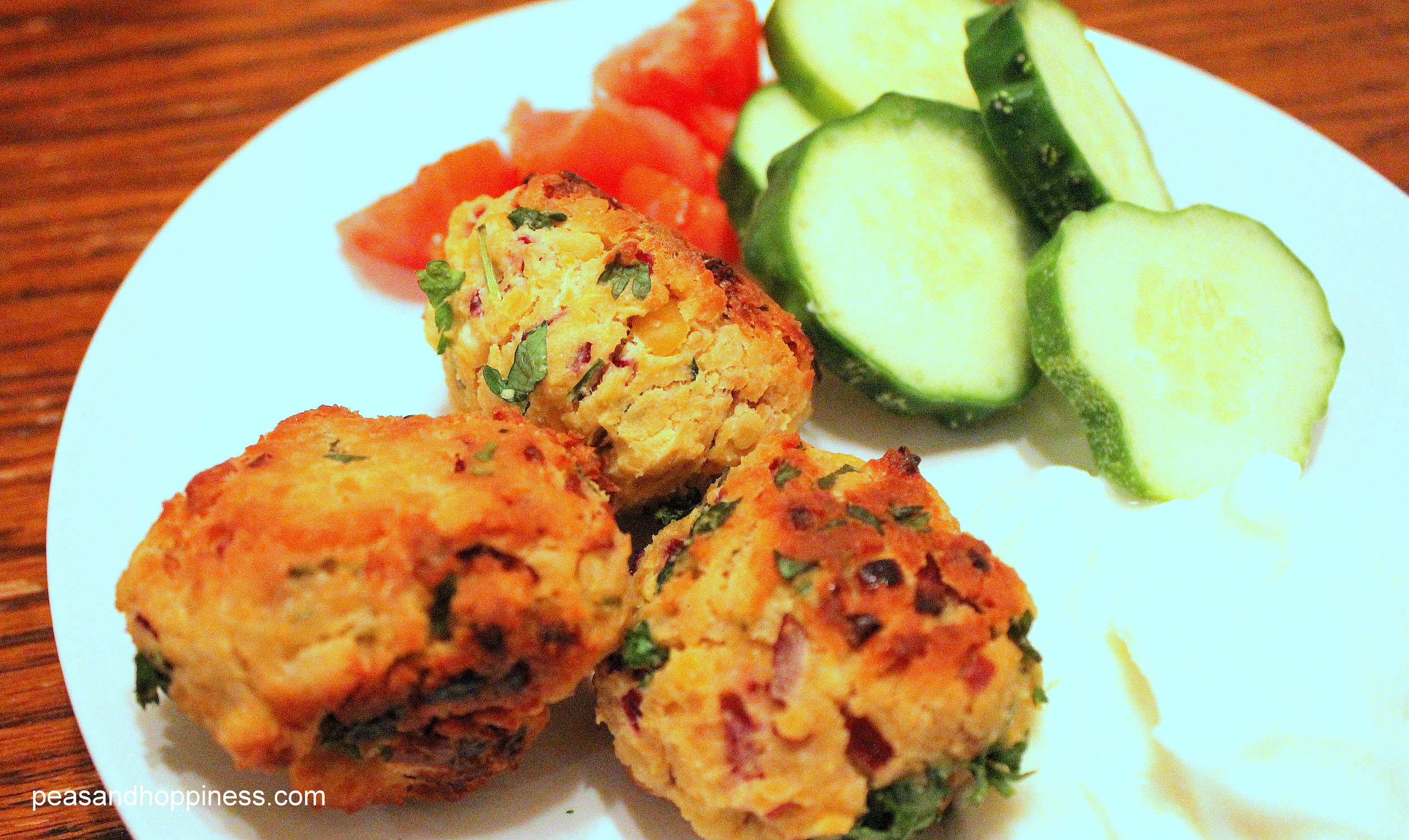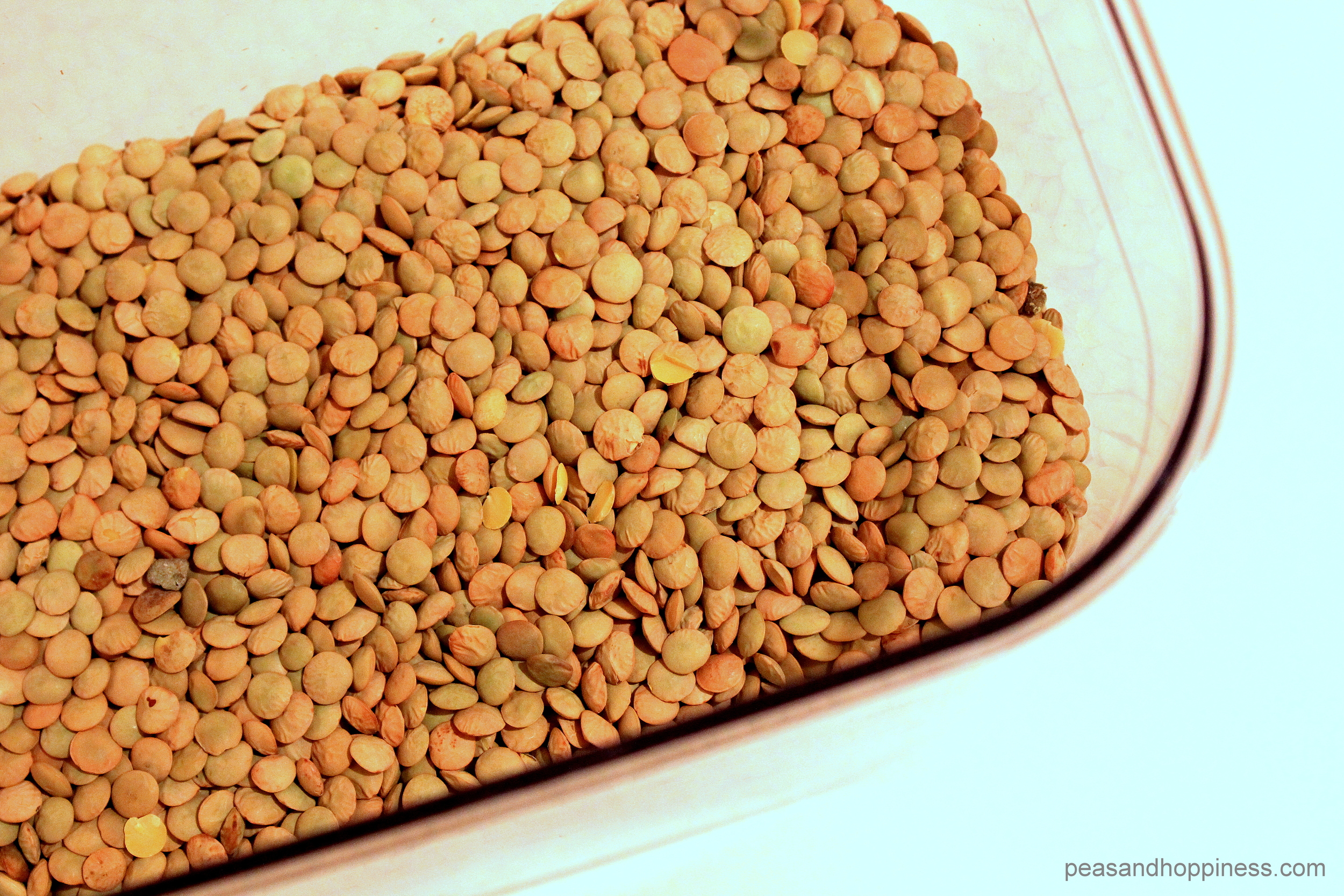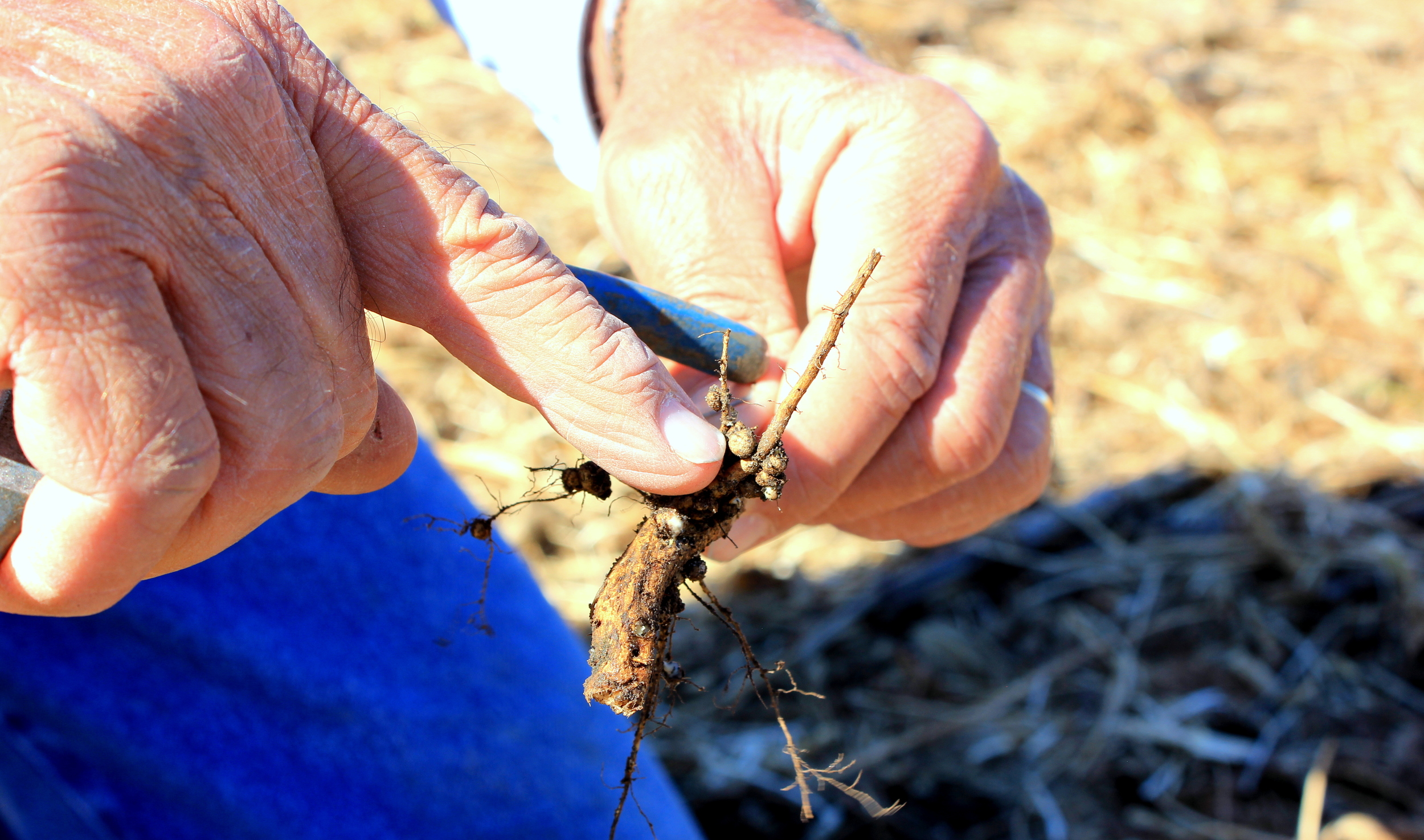Protein.
I’ve ranted over its popularity in the American diet. I’ve warned that we’re getting way more protein than we need (although so far there’s no evidence that this is necessarily harmful). Yet still for most humans on the planet today, lack of protein remains a major source of malnutrition.

Falafel – a great (and delicious) source of vegetarian protein
Protein is an essential building block of cells, enzymes, hormones, and components of blood (like albumin). Without enough protein, wounds do not heal properly and children cannot grow.
The most severe form of protein malnutrition is a condition called Kwashiorkor. You’ve probably seen pictures of children with potbellies, characteristic of this disease – without sufficient protein, edema causes bellies to swell. In addition to loss of muscle mass, decreased immunity, and lethargy, children who are deficient in protein early in life suffer delays in both mental and physical growth. Thus completing (and perpetuating) the cycle of poverty, as these kiddos will never reach their full potential. Feel free to donate to the World Food Program if this tugs on your heartstrings.

Chemically speaking (on the elemental level), proteins are very similar to carbohydrates. They are long strings of carbon, oxygen, and hydrogen – but they differ by one small (but very significant) element: Nitrogren.
Nitrogen. It’s small, but vital. It holds (one of) the key(s) to how to feed the growing population of Planet Earth. And – as it turns out – it’s everywhere.
About 78% of the atmosphere is made of nitrogen. Yet nitrogen is usually the limiting factor for plant growth – it’s the nutrient that is most frequently applied in the form of some type of fertilizer. It’s also one of the most controversial nutrients that foodies who think about where their food comes from like to talk about. Synthetic or natural? Manure or compost? And if nitrogen is the most common element in our atmosphere, why is this even a problem?

Try this Teriyaki Tofu with Stir-Fry Veggies
Water, water, everywhere, but not a drop to drink. This pretty accurately describes our relationship with atmospheric nitrogen. There’s lots of it, but it’s not in a form that is available for plants to use. Nitrogen as fertilizer comes from one of three places: 1) recycled nitrogen, 2) fixed nitrogen, and 3) synthesized nitrogen.
Recycled Nitrogen
![Graphic from by Environmental Protection Agency (http://www.epa.gov/maia/html/nitrogen.html) [Public domain or Public domain], via Wikimedia Commons](http://peasandhoppiness.com/wp-content/uploads/2023/05/NitrogenCycle-ByEnvironmentalProtectionAgency28http3A2F2Fwww.epa_.gov2Fmaia2Fhtml2Fnitrogen.jpg)
Graphic from by Environmental Protection Agency (http://www.epa.gov/maia/html/nitrogen.html) [Public domain or Public domain], via Wikimedia Commons
Perhaps you remember from high school science that the elements in our universe never really disappear. Instead they are converted, transformed, recycled, digested, and metabolized into varying compounds. The same holds true for nitrogen, of course, in the Nitrogen Cycle.
It’s rather intuitive when you think about it. Mulch, compost, manure – all living things made of protein contain nitrogen, so as they decompose, nitrogen returns to the cycle to feed new living plants.
Indeed, just as sung in The Lion King, we are all part of the Circle of Life.
Fixing Nitrogen
There are a few ways in which nitrogen from the air actually is converted to the form that plants can use. A natural (and really, really cool) way in which this happens is by certain types of bacteria in a process called nitrogen fixation.
These amazing organisms capture free nitrogen from the air (N2) and transform it to inorganic compounds (ammonia, nitrates, or nitrites) that can be taken up and used by the plant to make proteins. In the fields of Kansas, Rhizobium bacteria form nodules on the roots of legumes, such as soybeans, where nitrogen is fixed for the beans to use.

Dad showing off the nodules of the rhizobium bacteria on the root of a soybean plant
Synthesizing Nitrogen
Up until the beginning of the 20th century, we humans were limited in the amount of food we could produce by the rate at which nitrogen was either recycled or fixed naturally. Then came the great (and terrible) Fritz Haber, a brilliant German chemist.
In the first part of the 20th century Haber discovered a method of combining atmospheric nitrogen with hydrogen at high pressure and temperature to create ammonia – a liquid form of nitrogen that’s easily applied to plants as fertilizer. Carl Bosch helped to commercialize the process and thus was born the Haber-Bosch process of (literally) synthesizing nitrogen from thin air.
Haber’s easy-to-make nitrogen has allowed the population of the world to grow to more than 7.1 billion and likely prevented widespread famine. His contribution to science won him the Nobel Prize in chemistry in 1918. However, his achievements toward the progression of humankind have been tainted by the fact that he also developed chlorine gas during World War I and widely promoted its use. Listen to this very interesting RadioLab podcast contrasting Haber’s contributions and detriments to the human race.

Making Mujadara
As you can see, nitrogen is a pretty important element for life – the life of plants, and the life of animals (including us). You can’t take anything for granted on a farm (or in a garden or in the compost pile). There’s magic happening all around us.
Thanks for the protein boost, Nitrogen.
With love, from Peas and Hoppiness.
